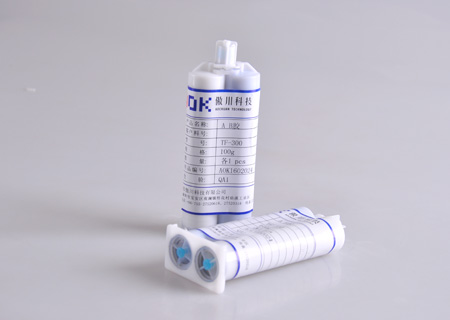Thermal conductive sealant can help dissipate heat
- Posted on:2017-03-08 11:25:00
- Source:AOK Thermal Pad Manufacturer FAQs
TIMs (Thermal Interface Materials) are designed to conform to surface irregularities, eliminate air gaps, and improve heat flow. Thermal conductive sealant is one of the categories of TIM that provides a combination of low thermal resistance and high bond strength. Using this process, heat energy is passed through a solid, liquid or gas from molecule to molecule in a material. Improving the heat flow is important because greater the temperature difference, the faster the heat flows to the colder area.
Thermal conductive sealant is materials that adhere and conform to the surface of electronic assemblies in order to create a barrier against multiple conditions. These can also be formulated to help dissipate heat produced internally by coated components, though they are typically utilized to provide protection against external stresses. Helpful for the substrate when it is prone to heat energy emissions as it allows the excess heat energy to be regulated and removed by preventing the extreme heat.

Since the thermal resistance is not only related to thermal conductivity but bond thickness as well. While researching for thermally conductive adhesives, many engineers will immediately begin searching for the highest thermally conductive adhesive on the web. Material in the sealant substantially has larger particle size than the adhesive. This large particle size helps sealant to achieve a higher thermal conductivity value, and limits its minimum bond line thickness in practice.

